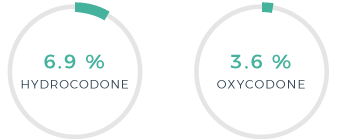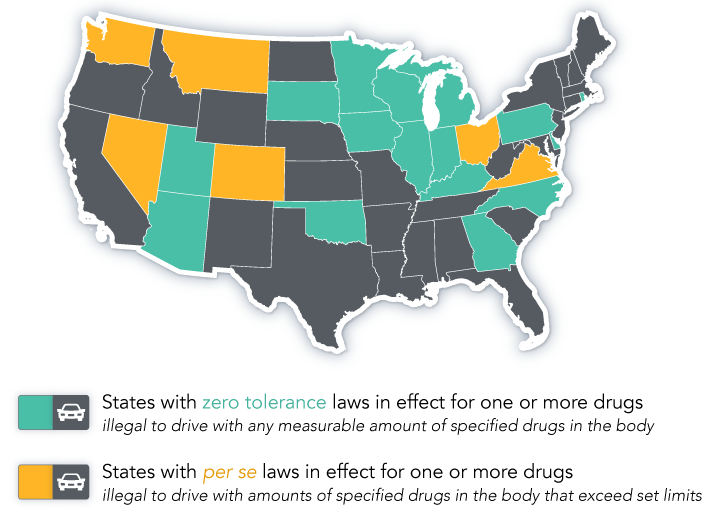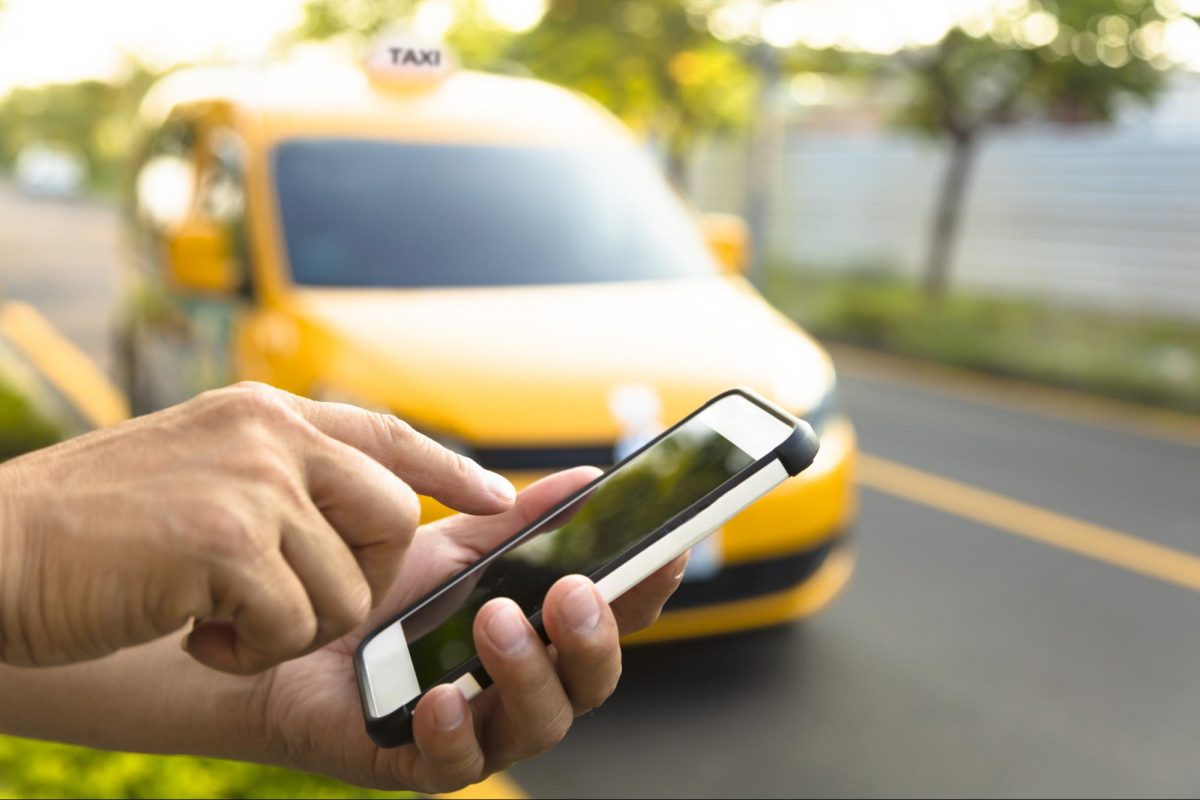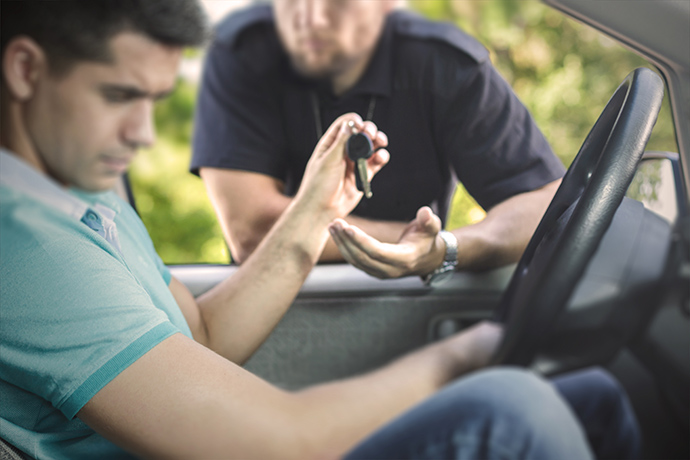Drugged Driving Prevention
Intervention Techniques To Keep Them Out Of The Driver’s Seat And Off The Road
Facts About Drugged Driving
The statistics of drugged driving are frightening, and are becoming more so every year. As a society we need to work on educating ourselves and our loved ones about the dangers of driving while under the influence of drugs.
Common Drugs Used By Drivers
This section covers some of the effects certain drugs and medications have on people and what the most common drugs and medications that are found in accidents caused by drugged drivers.
Dangers Of Drugged Driving
Drugged driving is on the rise. Much of this is due to illegal drugs becoming more mainstream, more prescription medications being prescribed by doctors, and easy access to over-the-counter medications.
Interpreting Drug Impairment
Detecting drug impairment is difficult as users have varying levels of tolerance. The characteristics of each drug make it challenging to devise an across-the-board standard for those that impair a person’s ability to operate a vehicle.
Techniques For Intervention
These tips are invaluable as prevention is truly the best approach to reducing the number of drugged driving accidents, fatalities, and legal consequences that can impact an individual for the rest of their life.
Resources For Prevention
Additional resources that provide more information about drugs, drug abuse, and drugged driving. Also lists helplines, recovery facilities, referral programs, and physician locators.
THE FACTS ABOUT DRUGGED DRIVING
%
High School Seniors
Drug use and driving can be deadly, and unfortunately, the number of people behind the wheel who are under the influence of substances is the rise. Drugged driving occurs when someone is under the influence of prescription drugs, over-the-counter medications, and/or illegal drugs.
Young people are at considerable risk for getting themselves in a position to suffer consequences as a result of drugged driving, whether they’re behind the wheel or riding as a passenger. StopDruggedDriving.org points out a statistic reported by Monitoring The Future that notes that “nearly 30% of high school seniors… put themselves at risk, by being in a vehicle whose driver had been using marijuana or another illicit drug, or had drunk 5 or more alcoholic drinks, in the two weeks prior to being surveyed.”
%
OF U.S. CAR CRASHES
DEATHS
INJURIES
BILLION IN COSTS
The statistics of drugged driving are frightening, and are becoming more so every year. The National Institute on Drug Abuse (NIDA) highlights data documented by the National Survey on Drug Use and Health (NSDUH), explaining, “In 2013, an estimated 9.9 million people aged 12 or older reported driving under the influence of illicit drugs.”
As a society we need to work on educating ourselves and our loved ones about the dangers of drugged driving. When we or someone we know attempts to drive while under the influence of a drug or drugs, we need to try our utmost to intervene and potentially save multiple lives from unfathomable tragedy.
MOST COMMON DRUGS USED BY DRUGGED DRIVERS
The National Institute on Drug Abuse’s The Science of Drug Abuse & Addiction states that drugged driving can have different effects depending upon the drug(s) used. They report that marijuana can “slow reaction time, impair judgment of time and distance, and decreased motor coordination.” They also explain that there are many other drugs that will have very different outcomes. “Drivers who have used cocaine or methamphetamine can be aggressive and reckless when driving. Certain kinds of sedatives, called benzodiazepines, can cause dizziness and drowsiness, which can lead to accidents.” Add alcohol to the mix and you have even more potentiality for tragedy.
M A R I J U A N A
Slow reaction time, impair judgment of time and distance, and decrease motor coordination
C O C A I N E / M E T H
Can cause drivers to become aggressive, impulsive, and reckless
B E N Z O D I A Z E P I N E
Can cause dizziness and drowsiness, which can lead to accidents
A report from the Governors Highway Safety Association (GHSA) examined drugged and drunk driving




The report states that the most common drugs found in those killed in accidents were “marijuana (34.7%) and amphetamines (9.7%).” There were other drugs that were commonly found which included “hydrocodone (6.9%) and oxycodone (3.6%), which are opioid pain medications; benzodiazepines (4.5%), which are found in anti-anxiety and anti-depression medications; and cocaine (4.5%).”
DANGERS OF DRUGGED DRIVING
The National Council on Alcoholism and Drug Dependence, Inc. (NCADD) explains that Americans are aware of the tragic outcomes drunk driving and distracted driving may cause. Drugged driving is becoming more of a problem and is finally starting to be noticed more by the public. NCADD reports that prescription, over-the-counter, and illegal drugs all can impair perception, judgment, motor skills, memory, and reaction time, substantially hindering a driver’s ability to safely operate a vehicle.
NCADD also provides some details from the National Highway Traffic Safety Administration’s (NHTSA) National Roadside Survey. This survey finds that “more than 16% of weekend, nighttime drivers tested positive for illegal, prescription, or over-the-counter medications (11% tested positive for illegal drugs).”
ScienceDaily explains that use of non-alcohol drugs “detected in fatally injured drivers in the U.S. has been steadily rising and tripled from 1999 to 2010 for drivers who tested positive for marijuana—the most commonly detected non-alcohol drug—suggesting that drugged driving may be playing an increasing role in fatal motor vehicle crashes.”
MOTHERS AGAINST DRUGGED DRIVING
Mothers Against Drunk Driving (MADD) highlights part of the NHTSA report from 2010, noting that “57% of fatally injured drivers had alcohol and/or other drugs in their system—17% had both.” Drugged driving has become such a widespread problem in our society that in 2015 MADD revised their mission statement to reflect the problem. MADD’s new mission now states: “The mission of Mothers Against Drunk Driving is to end drunk driving, help fight drugged driving, support the victims of these violent crimes and prevent underage drinking.”

INTERPRETING DRUG IMPAIRMENT


Columbia University’s Mailman School of Public Health addresses the testing of drugs in a person’s system. Dr. Guohua Li, Professor of Epidemiology and Director of the Center for Injury Epidemiology and Prevention, states that “findings need to be carefully interpreted.” Dr. Li points out that after an accident a person may test positive for a drug, but may not have been impaired by that drug at the time of the accident. In addition, Dr. Li explains, “variations in individual tolerance and pharmacological characteristics of different drugs make it difficult to determine drug impairment. Also, there is no uniformly accepted definition of impairment for different drugs.”
The Governors Highway Safety Association (GHSA) reports that “16 states have zero tolerance laws in effect for one or more drugs.” Zero tolerance means it is illegal to operate a vehicle with any “measurable amount of specified drugs in the body.” The GHSA also states that “6 states have per se laws in effect for one or more drugs.” Per se laws “make it illegal to drive with amounts of specified drugs in the body that exceed set limits.”

TECHNIQUES FOR INTERVENTION
Mothers Against Drunk Driving (MADD) offers some great tips to prevent people from driving while intoxicated which are also applicable to drugged driving. One of the best ways to prevent drugged driving is for everyone to plan ahead of time what they’re going to do when the party or event ends. A designated driver, a cab, a bus, or staying over for the night (if you’re with someone you trust) are all excellent possibilities. Below are all of MADD’s tips that may be helpful in intervening before someone attempts drugged driving.
Avoid confrontation
Try to not to argue or fight when discussing plans for transportation.
Suggest alternative transportation
Examples such as a cab, sober driver, or public transit options.
Be mindful of the level of impairment of the person you’re talking with
Talk more slowly and take time to explain your suggestions fully.
Make it clear that your concerns arise from care
You don’t want them to injure themselves or someone else by driving in an impaired state.


Suggest that they spend the night
Either with you or wherever they are presently, as long as the location is safe.
Gain support from friends who can back up your concerns
It’s more difficult to say ‘no’ to two or more people you care about or look up to than just one.
Take away the keys
It’s often much easier to persuade drivers to make safe choices when you have the leverage of possessing their keys.
Call law enforcement
While this is the last choice most people want to make, it might be the difference between a night in jail, or being seriously injured or killed in an accident.
Every one of these tips are excellent safety tips for both drugged and/or drunk driving. Education is the first, and probably best, way to try and keep people from driving impaired. The Office of National Drug Control Policy offers activity guides, partner programs, and other resources to try and spread the word about drugged driving.
RESOURCES FOR PREVENTION
American Academy of Child and Adolescent Psychiatry
(AACAP) offers a substance use resource center
The Academy of Addiction Psychiatry
(AAAP) offers a patient referral program and physician locator
Faces And Voices Of Recovery
Recovery Community Organizations helps website visitors locate local recovery organizations
Families Anonymous
(FA) is a 12-Step Fellowship for family and friends of those individuals with drug, alcohol, or related behavioral issues
Partnership For Drug-Free Kids
Working to reduce substance abuse among adolescents by supporting families and engaging with teens 855-DRUGFREE (855-378-4373)
Office Of National Drug Control Policy
Offers activity guides, partner programs, and many other resources to try and spread the word about the dangers of drugged driving
12 Step Me AA Group
12StepMe.org is a 24/7 online chat resource that provides help chats and online AA meetings every night at 10pm ET
The National Institute on Drug Abuse
(NIDA) Research Dissemination Center offers fact sheets, pamphlets, and booklets about drugs, drug abuse, and addiction treatment
The National Suicide Prevention Lifeline
The organization offers help no matter what problems you are dealing with, not just for those contemplating suicide. Available 24 hours a day, 7 days a week, 365 days a year. Call 800-273-TALK (800-273-8255)
The American Academy of Family Physicians
A patient resource on opioid addiction that outlines the basic information on drugs and alcohol that is necessary to understand their potential dangers
Mothers Against Drunk Driving
(MADD) has a 24-hour help line at 877-MADD-HELP (877-6233-4357) for individuals and families who have been affected by drunk or drugged driving
The American Society of Addiction Medicine
Dedicated to increasing access and improving the quality of addiction treatment, educating physicians and the public, supporting research and prevention, and promoting the appropriate role of physicians in the care of patients with addiction
Don't Wait For An Accident To Occur
Drugged driving is a growing problem, and it’s equally as dangerous as driving under the influence of alcohol. While standards and punitive approaches are not yet fully defined, prevention is and has always been the most effective measure to reduce injury, death, and other consequences of driving in an impaired state.

